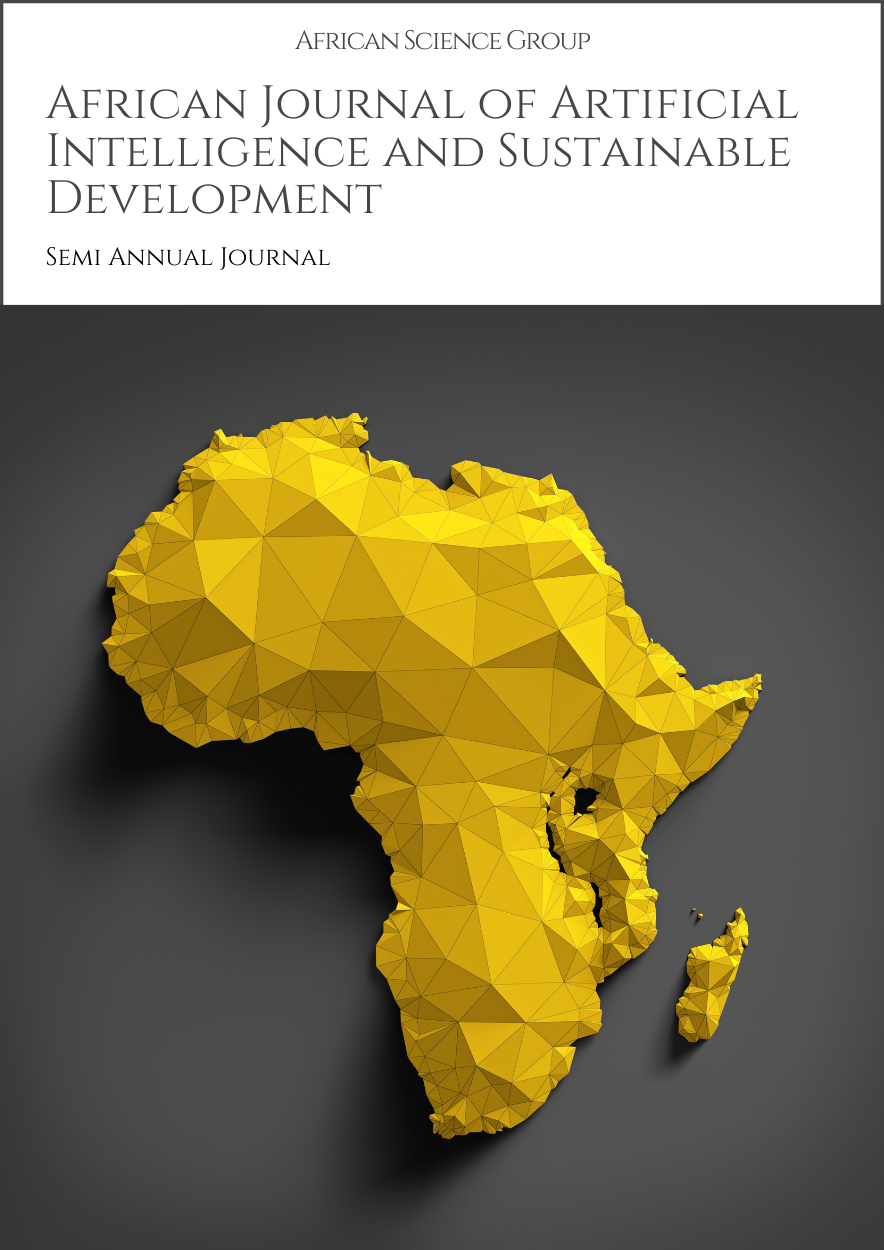Network Forensics - Investigation Techniques: Investigating investigation techniques in network forensics for analyzing and reconstructing cyber attacks, data breaches, and security incidents
Published 11-08-2022
Keywords
- Network Forensics,
- Investigation Techniques,
- Cybersecurity

This work is licensed under a Creative Commons Attribution-NonCommercial-ShareAlike 4.0 International License.
How to Cite
Abstract
Network forensics plays a crucial role in modern cybersecurity, enabling the investigation, analysis, and reconstruction of cyber attacks, data breaches, and security incidents. This paper explores various investigation techniques used in network forensics, highlighting their importance in identifying attackers, understanding attack vectors, and mitigating future threats. We delve into the tools, methodologies, and challenges associated with network forensics, providing insights into how organizations can enhance their cybersecurity posture through effective forensic investigations.
Downloads
References
- Prabhod, Kummaragunta Joel. "ANALYZING THE ROLE OF ARTIFICIAL INTELLIGENCE AND MACHINE LEARNING TECHNIQUES IN IMPROVING PRODUCTION SYSTEMS." Science, Technology and Development 10.7 (2021): 698-707.
- Sadhu, Amith Kumar Reddy, and Ashok Kumar Reddy Sadhu. "Fortifying the Frontier: A Critical Examination of Best Practices, Emerging Trends, and Access Management Paradigms in Securing the Expanding Internet of Things (IoT) Network." Journal of Science & Technology 1.1 (2020): 171-195.
- Machireddy, Jeshwanth Reddy. "Assessing the Impact of Medicare Broker Commissions on Enrollment Trends and Consumer Costs: A Data-Driven Analysis." Journal of AI in Healthcare and Medicine 2.1 (2022): 501-518.
- Tatineni, Sumanth, and Karthik Allam. "Implementing AI-Enhanced Continuous Testing in DevOps Pipelines: Strategies for Automated Test Generation, Execution, and Analysis." Blockchain Technology and Distributed Systems 2.1 (2022): 46-81.
- Pulimamidi, Rahul. "Emerging Technological Trends for Enhancing Healthcare Access in Remote Areas." Journal of Science & Technology 2.4 (2021): 53-62.
- Perumalsamy, Jegatheeswari, Chandrashekar Althati, and Lavanya Shanmugam. "Advanced AI and Machine Learning Techniques for Predictive Analytics in Annuity Products: Enhancing Risk Assessment and Pricing Accuracy." Journal of Artificial Intelligence Research 2.2 (2022): 51-82.
- Devan, Munivel, Lavanya Shanmugam, and Chandrashekar Althati. "Overcoming Data Migration Challenges to Cloud Using AI and Machine Learning: Techniques, Tools, and Best Practices." Australian Journal of Machine Learning Research & Applications 1.2 (2021): 1-39.
- Althati, Chandrashekar, Bhavani Krothapalli, and Bhargav Kumar Konidena. "Machine Learning Solutions for Data Migration to Cloud: Addressing Complexity, Security, and Performance." Australian Journal of Machine Learning Research & Applications 1.2 (2021): 38-79.
- Sadhu, Ashok Kumar Reddy, and Amith Kumar Reddy. "A Comparative Analysis of Lightweight Cryptographic Protocols for Enhanced Communication Security in Resource-Constrained Internet of Things (IoT) Environments." African Journal of Artificial Intelligence and Sustainable Development 2.2 (2022): 121-142.
- Tatineni, Sumanth, and Venkat Raviteja Boppana. "AI-Powered DevOps and MLOps Frameworks: Enhancing Collaboration, Automation, and Scalability in Machine Learning Pipelines." Journal of Artificial Intelligence Research and Applications 1.2 (2021): 58-88.

